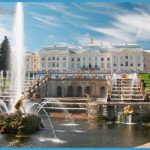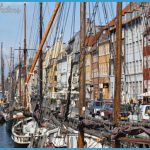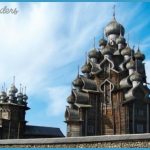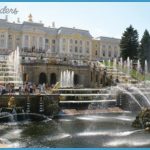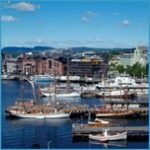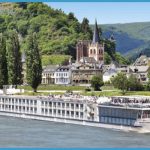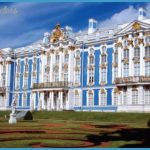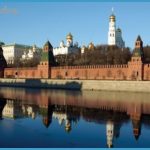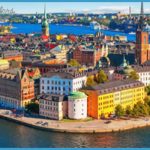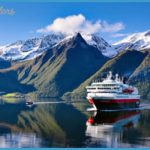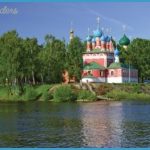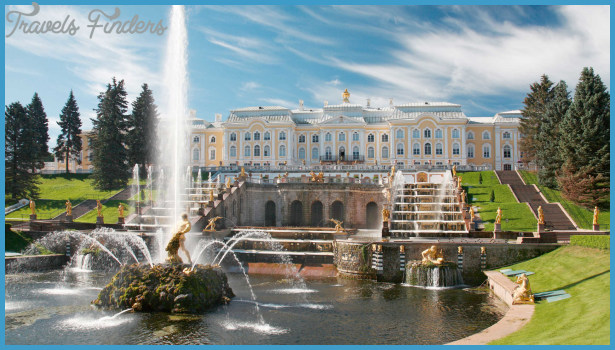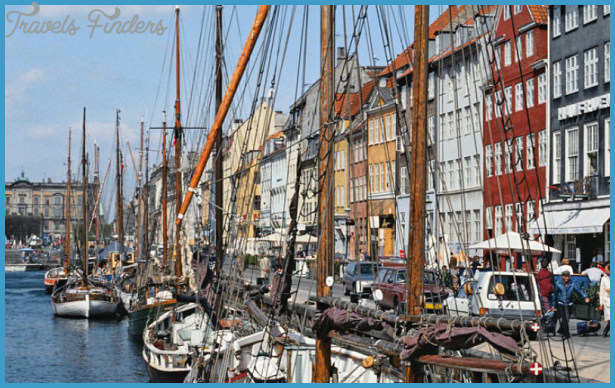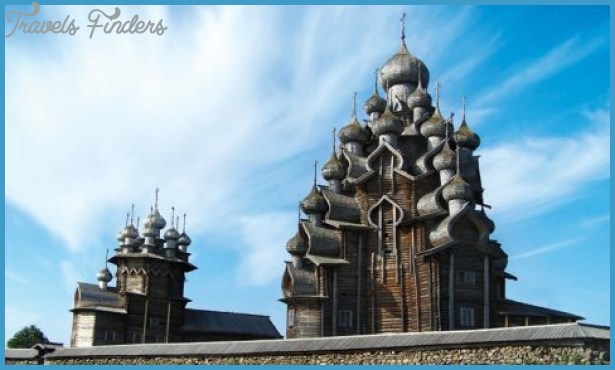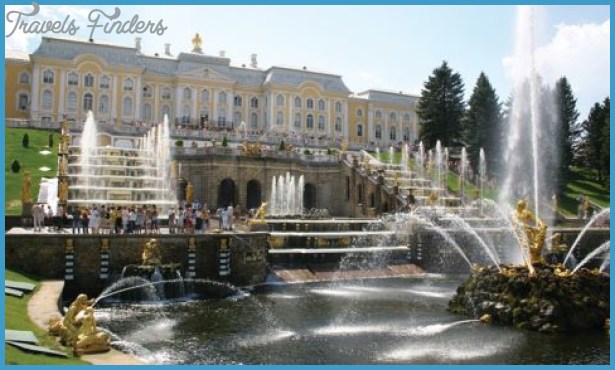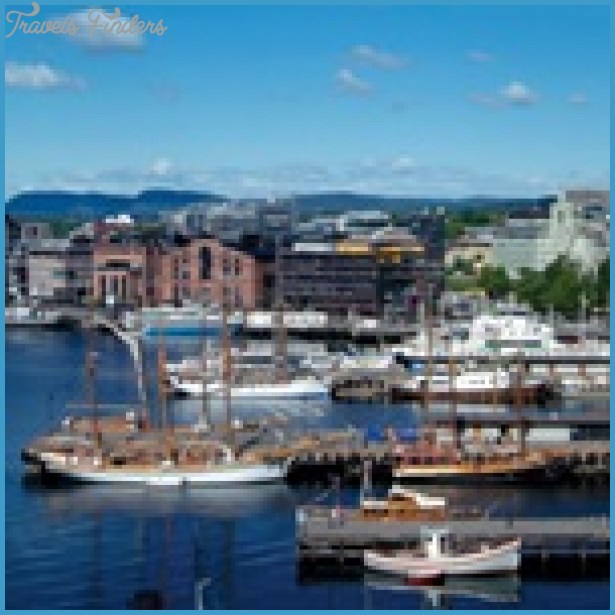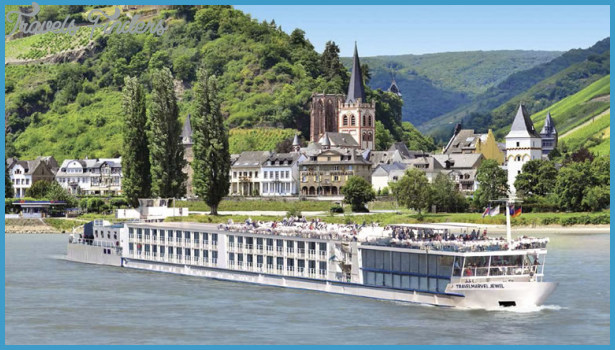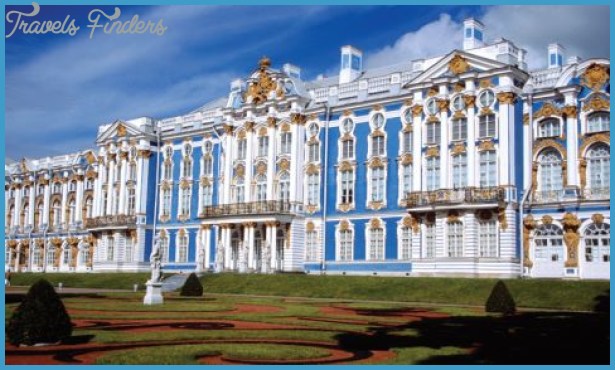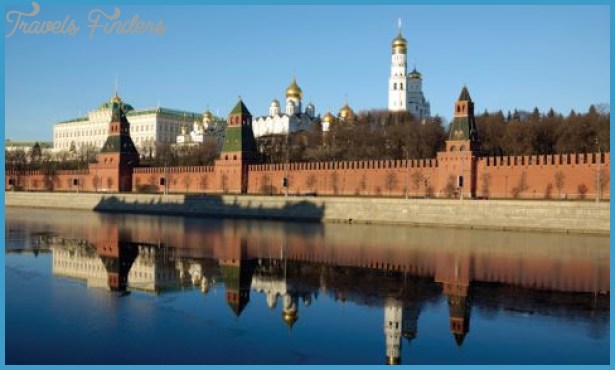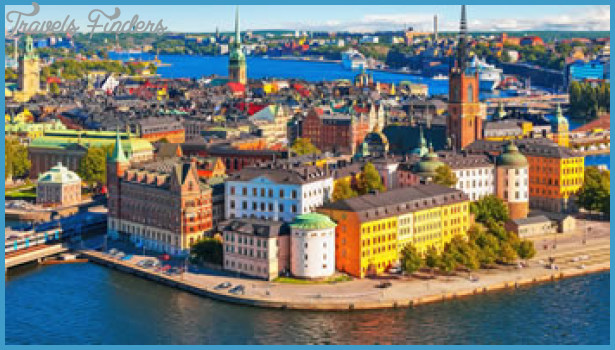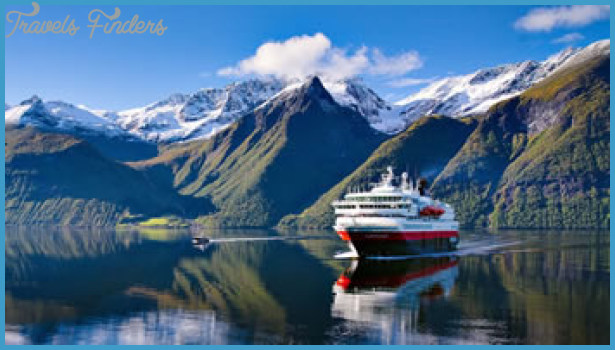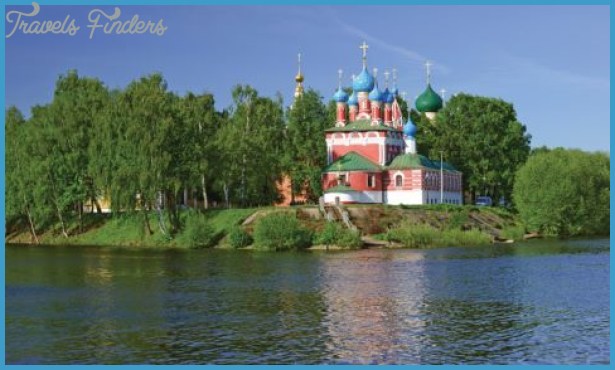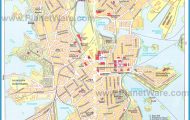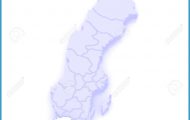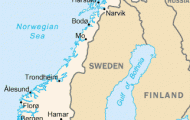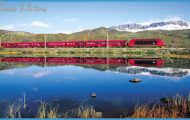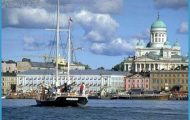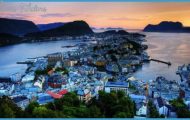Immediately SE of the Cathedral, in Hameenkatu, is the Old Academy (1802-15), home of the University until its transfer to Helsinki in 1828, and which now accommodates the provincial government offices, the provincial court of appeal and the Cathedral chapter. Adjoining it to the SW, at the corner of Uudenmaankatu, is the Swedish University (Abo Akademi), opened in 1919. In the gardens in front of the building is a bronze statue of Per Brahe, governor-general of Finland in 1637-40 and 1648-54 (W. Runeberg, 1888), with an inscription on the base, Jagh war med landett, och landett med mig waal till-freds (I was well pleased with the country, and the country with me”). A little way N of the Cathedral, at No. 17 Piispankatu, is the Sibelius Museum, with manuscripts and relics ofthe great Finnish composer. At No. 14 Piispankatu is Ett Hem Museum (19th c. interior and furnishings). About 500 m (550 yds) NE of the Cathedral is the Finnish University (Turun Yliopisto),founded in 1922 (present buildings 1954-60). From Cathedral Square Uudenmaankatu runs SE to Kupittaa Park. In the southern half of the park are a swimming pool and St Henry’s Spring, with whose water the first Finnish Christians are said to have been baptised. Christianity came late to Finland when the Swedish King Erik IX led a crusade to Christianise the Finns. An Englishman, Henry, who was Bishop of Uppsala at the time, went with him and was left by Erik to found the first bishopric at Turku. The Finns did not take kindly to this forced Christianisation and Henry was killed. He was later canonised and is now the Patron Saint of Finland.
SW of the Old Town Hall, at the foot of the hill of Vartiovuori, we see the headquarters of the Economic Society, founded in 1797 to promote the development of agriculture, the arts and industry. Diagonally opposite, in the little Runeberg Park on the banks of the Aurajoki, is a sculpture by Waino Aaltonen, Lilja. On Vartiovuori itself there are attractive public gardens, the former Observatory and a summer theatre. On the S side of the hill, in a number of old houses which survived the 1827 fire, is the Handicraft Museum (Kasitydlaismuseo), with old craft workshops. Farther W, beyond Kaskenkatu, is the hill of Samppalinna; on the W side of the hill is the Swimming Stadium. On the far side of Neitsytpolku the Biological Museum offers an excellent representation of the animal life of Finland. To the SW is the Sports Park. NW of the Swimming Stadium, in Itainen Rantakatu, which runs along the S side of the Aurajoki, is the Municipal Theatre (1962), and, in front of it a statue of the writer, Aleksis Kivi (W. Aaltonen, 1 949). Farther W, at No. 11 Itainen Rantakatu, is the Waino Aaltonen Museum (1967; sculpture, etc.). To the S are an open-air theatre and an old windmill.
Moored at St Martin’s Bridge (Martin-silta) are two old sailing ships. The Suomen Joutsen is now a training ship for sailors; the sailing barque Sigyn” (built 1887, restored 1971-8) is open to the public in summer. To the SW, in Vilhonkatu, stands St Martin’s Church (1933). On the eastern outskirts of the town the new cemetery has a fine chapel (1941) by the Finnish architect, E. Bryggman, a native of Turku.
To the W ofthe town, near the harbour on the right bank of the Aurajoki (reached from Aurakatu by way of Linnankatu), stands Turku Castle (Turun Linna), once the key to Finland. It was probably built about 1300 on what was then an island in the Aurajoki estuary; it was enlarged in the 16th and 17th c. and restored in 1959-61. It now houses the town’s Historical Museum (portraits, furniture, tapestries, costumes, arms and armour, etc. illustrating the development of Finnish culture). The castle chapel displays ecclesiastical antiquities.

